M
Leave a Legacy of Giving
You can support our mission of changing lives by saving sight in multiple ways!
When Dustin received a letter in the mail about his father’s cornea donation, he paused. The logo at the top was instantly familiar: Saving Sight. For years, Dustin has worked with the organization as its financial advisor—helping manage retirement plans and guiding staff through long-term planning. But this was different.
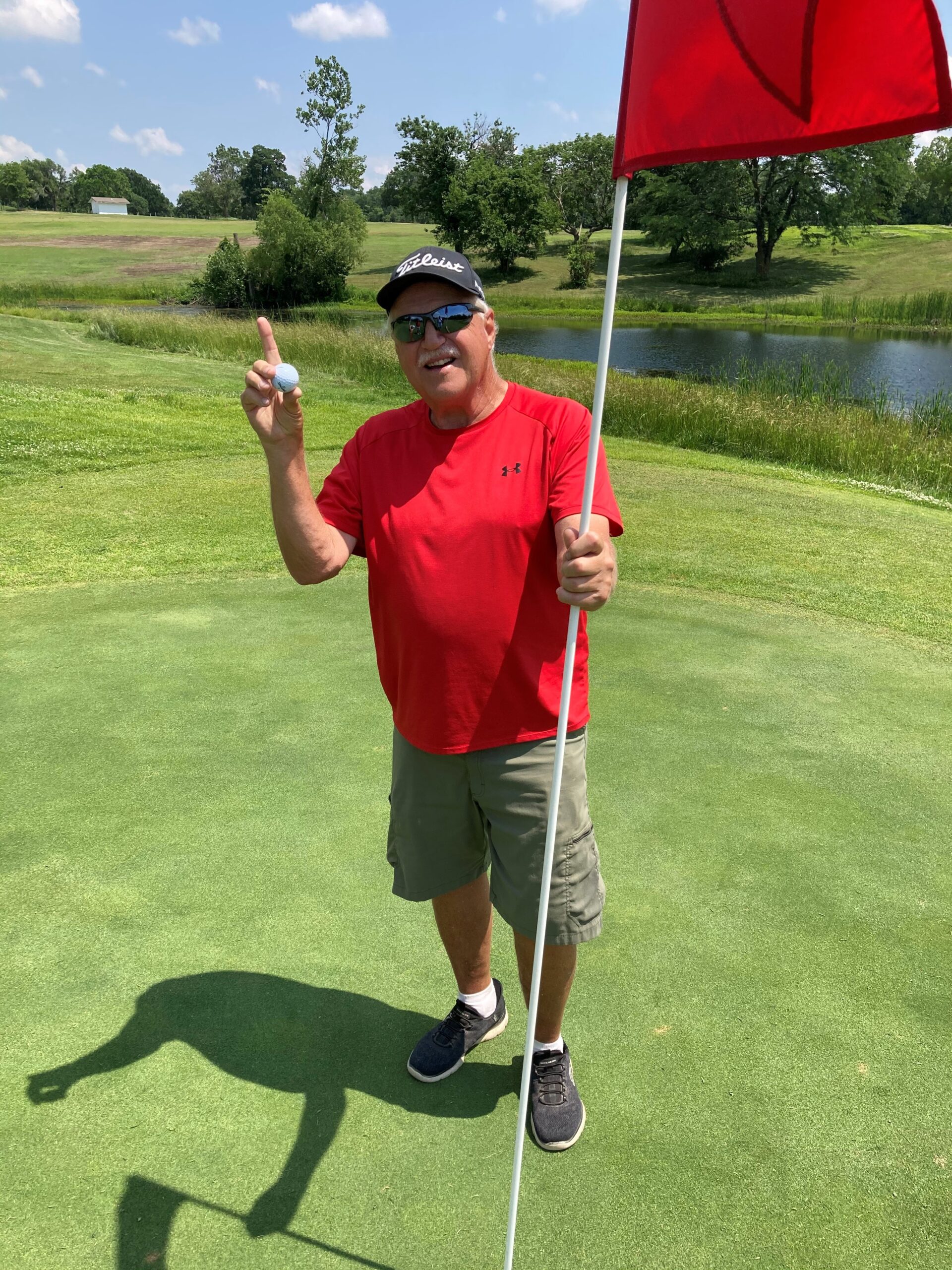
Mark Johnson
“I’ve helped Saving Sight for nearly a decade,” Dustin said. “But to see my dad’s name on a letter from you all—to know he became a donor—it just blew me away. It came full circle.”
Dustin’s father, Mark, passed away in December at the age of 72. In life, he was a devoted husband, father and grandfather, celebrating 50 years of marriage to Dustin’s mother just a few months before his passing. Raised in southeast Kansas, Mark lived a life of creativity, generosity and resilience.
After losing his own father as a young boy, Mark was raised by his mother alongside three older siblings. He met his high school sweetheart—Dustin’s mom—in Independence, Kansas. Together they attended Pittsburg State University, where Mark studied marketing and design. That passion translated into a lifelong career as an artist and business owner. Mark specialized in wildlife oil paintings, lettering, sign work and eventually glass installation.
“Later in life, he bought a glass business,” Dustin said. “He did residential and commercial installs, framing, custom pieces—you name it. Glass kind of became his thing.”
Outside of work, Mark was an avid outdoorsman, antique car collector, and golfer. In his later years, he could often be found on the golf course or visiting his grandkids in Kansas City. Even after surviving a quadruple bypass and a battle with colon cancer, Mark continued to put others first, always finding time for family and friends.
“He would do anything for someone else before doing it for himself,” Dustin said. “That’s just who he was.”
After Mark’s passing, Dustin’s mother received a letter explaining that both of his corneas had been successfully donated and transplanted, restoring sight to two individuals in Pakistan.
“It just stopped me in my tracks,” Dustin said. “To know someone can see the world through his gift—it’s humbling. And knowing that it happened through Saving Sight made it even more meaningful.”
For Dustin and his family, the news was both healing and affirming.
“We’re all givers at heart,” Dustin said. “And if you can help someone—especially when you no longer need what’s being given—why wouldn’t you?”
Today, Mark’s legacy lives on through the lives he’s touched—both near and far. A large mural featuring one of his paintings now graces the side of his hometown’s high school stadium, thanks to donations made in his memory. Dustin is keeping a few of his dad’s classic cars, hoping someday his own son will carry on that tradition.
This Father’s Day, Dustin is reminded of the man who helped shape him.
“I think my dad would be proud,” he said. “Proud to know his final gift gave someone their sight—and proud to know his story might inspire someone else to say yes to donation.”
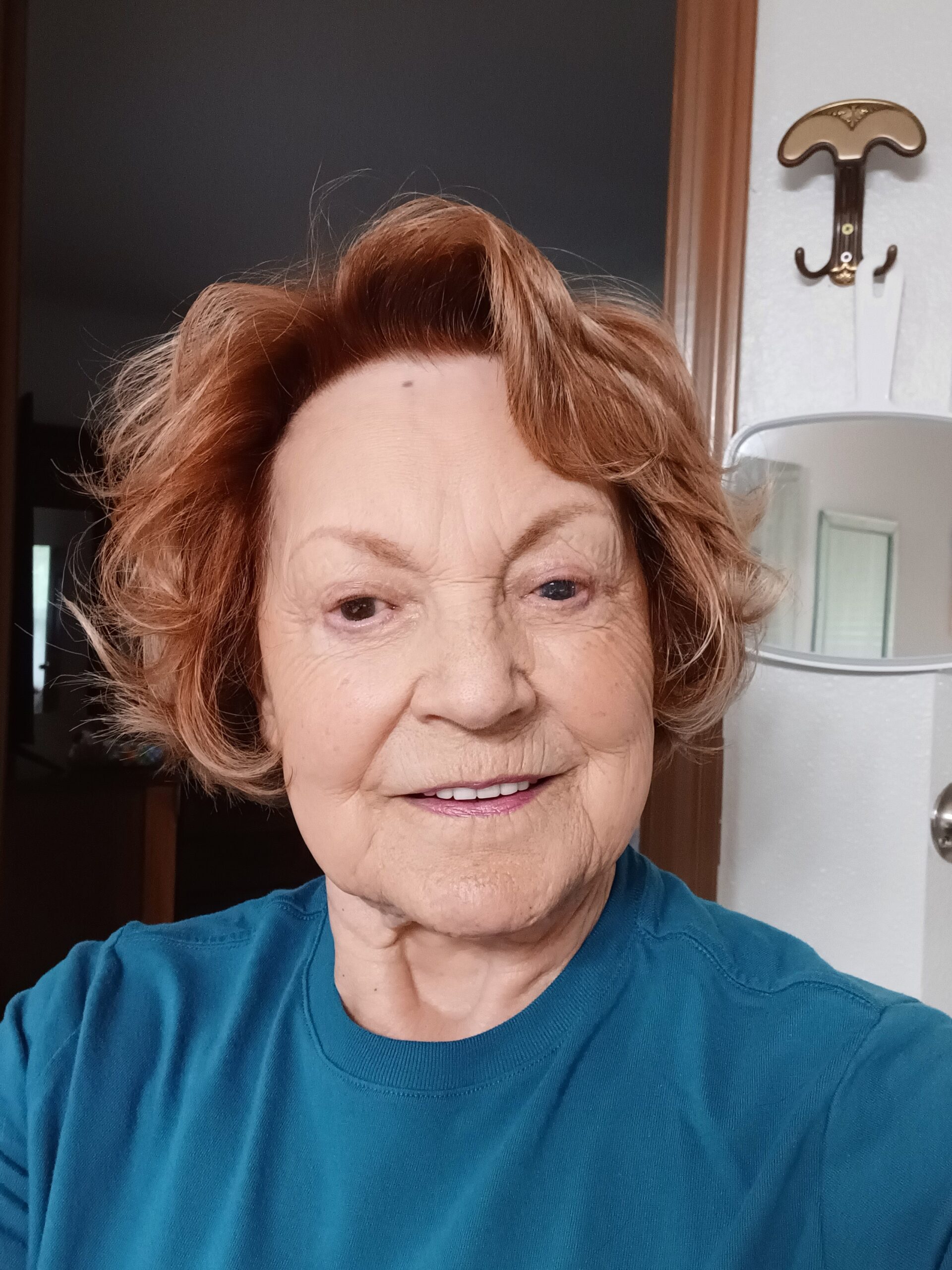
Sieglinde Vest
For months, Sieglinde had been living with excruciating pain and blurred vision in her right eye. “It got so bad I could hardly see straight out of my other eye,” she recalled. Sieglinde endured six months of deteriorating vision and persistent discomfort, trying various eye drops and treatments that offered no relief. After countless eye drops and appointments, she reached a breaking point just before the holidays. “I told my doctor, ‘You have to do something. I can’t take this pain anymore.” Her optometrist told her, “You need something done right away,” and referred her to Dr. Shachar Tauber, who confirmed she needed a cornea transplant immediately.
During her first appointment with Dr. Tauber, Sieglinde remembers asking, “Do you even have any corneas available?’ I thought I’d have to wait months,” she said. “He said, ‘Oh no, we have one right away.’ That was such a relief.”
Shortly after her first appointment, Sieglinde had her transplant surgery scheduled for Christmas Day. “I saw Dr. Tauber on Christmas Day—Christmas morning,” Sieglinde recalls. “I could hardly see out of my other eye, and he saved everything. I told him, ‘It’s a miracle.’ I mean, who does that? Come in at 6 a.m. on Christmas morning to save someone’s sight?” she said. “He’s forever in my heart.”
While she’s still undergoing treatment and hopes for continued improvement, Sieglinde is already thankful for what she’s gained. “The pain is gone, and I can see better than before. When your whole head feels like it’s floating, and then that pain lifts—well, that’s a miracle.”
Thanks to the generosity of a donor and the dedication of her surgeon, Sieglinde’s pain has subsided, and her vision is steadily improving. “I’m eternally grateful,” she shared. “To the family who gave this gift, I just want to say thank you. It’s wonderful that someone would donate so that someone else could see again. I am a donor, and I will do the same.”
Sieglinde’s story is a powerful reminder of the life-changing impact of eye donation. Through one selfless gift, her pain has lifted, her vision is returning, and her spirit is renewed. “I’ll always be thankful,” she said. “Because of my donor, I get to see the world again.”
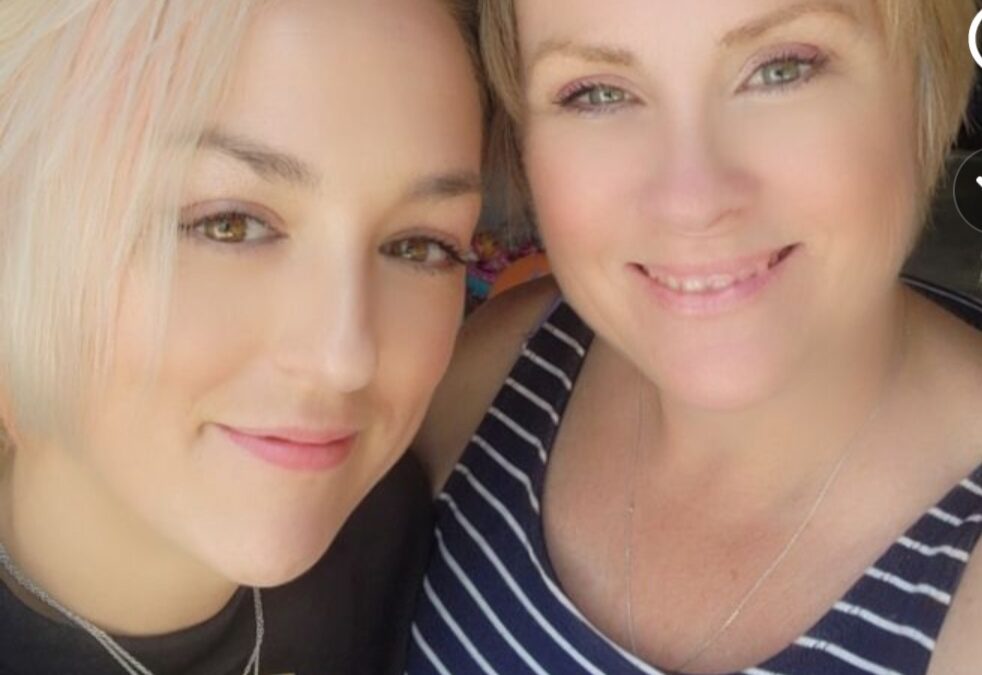
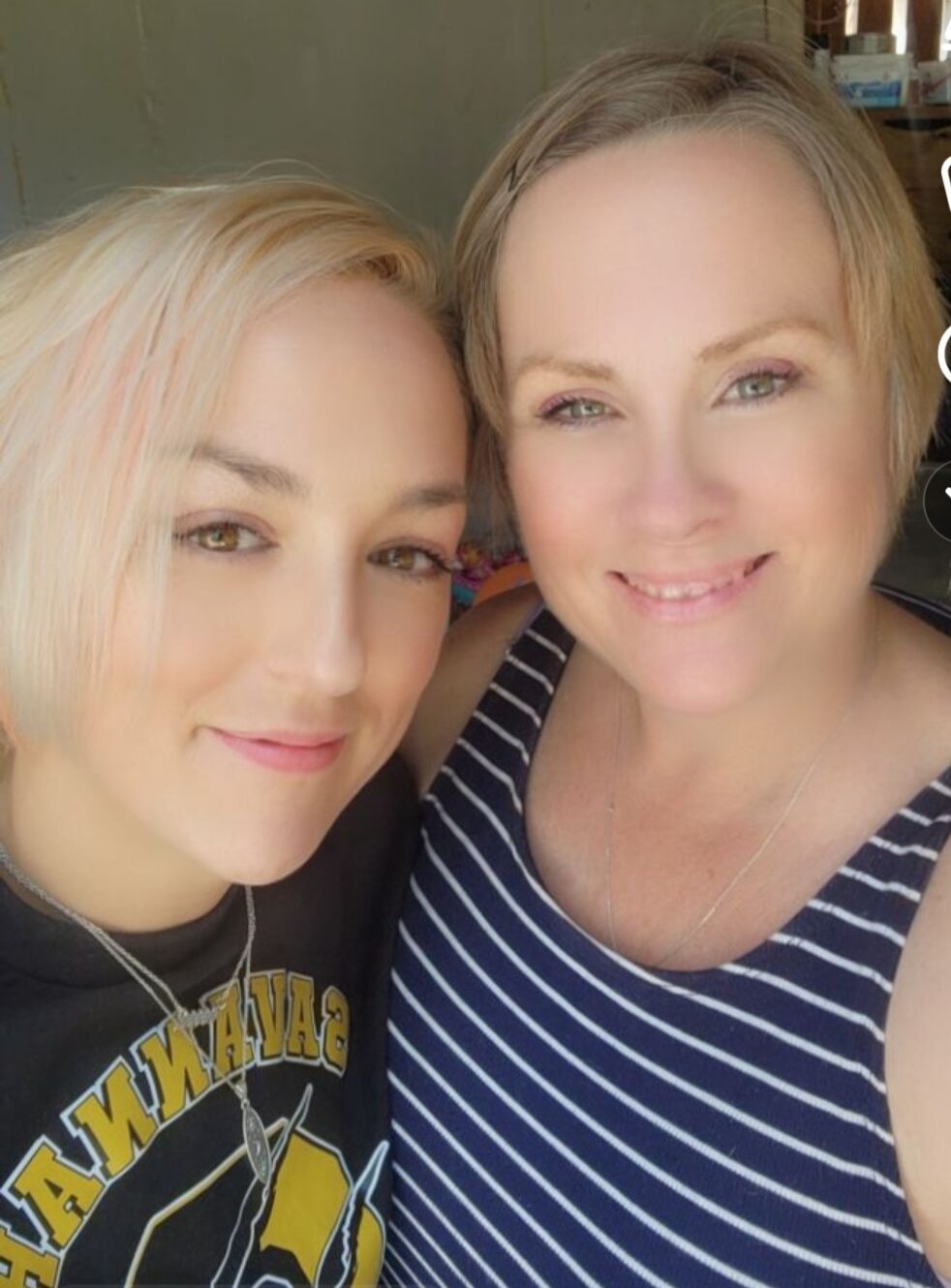
Rebecca and Aleigha
Aleigha was the kind of person who always put others first. Sensitive and kind-hearted, she never hesitated to help someone. From a young age, Aleigha was outgoing, funny, and full of life. She loved watching her younger brother’s football games with her mom, laughing and cheering from the sidelines. She grew into a compassionate young woman, and though she once dreamed of becoming an EMT, her path shifted with love and motherhood.
She found joy in the simple things—quiet rides on dirt roads, music playing through the speakers, her daughters giggling in the back seat. Aleigha adored her two young girls, Jazzlyn and Jayde. They were her pride and joy. Moments like those were full of connection, love, and happiness.
When her family learned that Aleigha could become a cornea donor through Saving Sight, they felt both the shock of loss and the comfort of purpose. “Deciding to donate was an honor,” her mom, Rebecca, says. “Knowing that Aleigha selflessly shared a part of herself to brighten a stranger’s life has been a true blessing.” Aleigha’s family found comfort in knowing her legacy would live on as a donor hero. Her mom, Rebecca, shares, “Being a donor family is an honor. Knowing that a loved one can give all they have for strangers and that those strangers are flourishing is a blessing.”
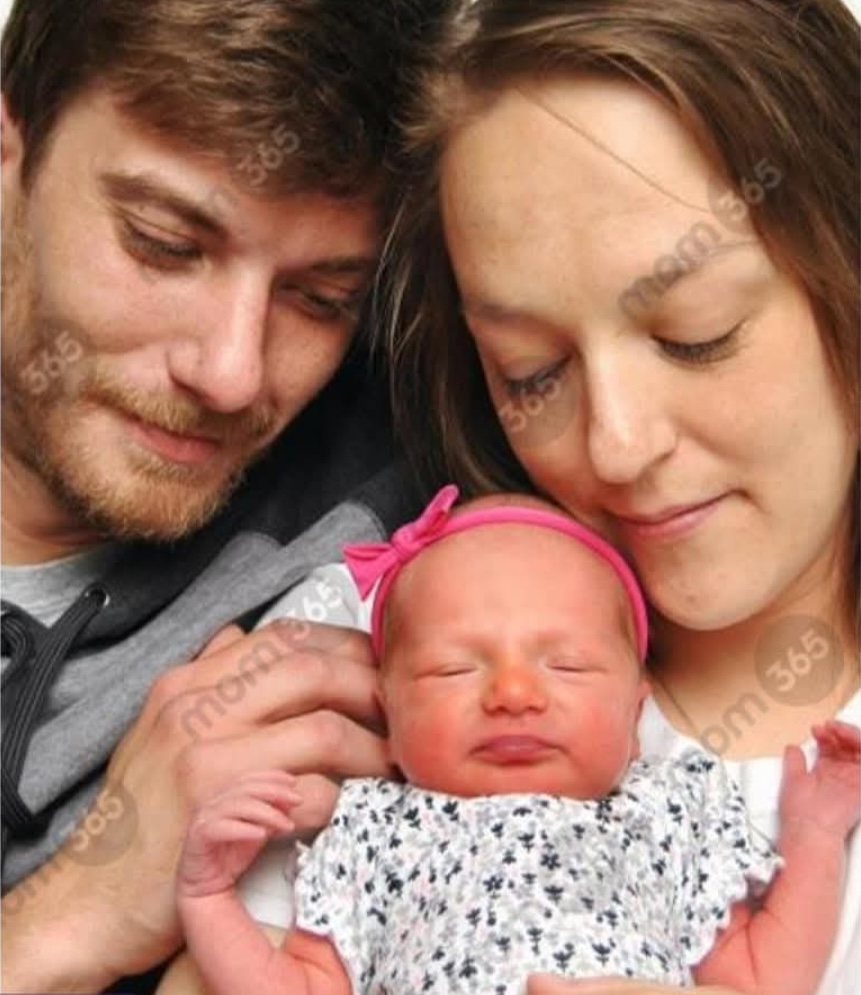
Aleigha and family
Her mother now honors her by sharing her story whenever she can and attending events celebrating the gift of eye, organ, and tissue donation. “It brings us joy to be in contact with her recipients,” she says. “Knowing she’s still here in a way you can cling to mentally and emotionally.” It’s through those connections that Aleigha’s family has found an unexpected comfort. Each thank-you note is a reminder that Aleigha’s light endures, sparking new beginnings in eyes and hearts she’ll never meet.
In the months following Aleigha’s donation, Rebecca found solace and solidarity within the tight-knit donation community. Rebecca enjoys going to donor remembrance events, where she meets fellow donor families who understand grief’s quiet ache and the profound pride that comes with giving life to strangers. “We can be there for each other. Even though we are all strangers in this walk of life, we all have a commonality,” her mom, Rebecca, shares. Thanks to their warmth, she discovered that although every loss is intensely personal, the shared compassion of fellow donor families can turn grief into a celebration of hope and healing.”
“To fellow donor families, she offers this comfort: ‘When uncertainty feels overwhelming, hold on to hope. I envision my daughter’s spark living on in others—illuminating their lives just as it did ours.”
This Mother’s Day, we honor Aleigha, her giving spirit, and the strength of her mother, Rebecca, who continues to share her daughter’s light with the world.
For Lonna, a cornea transplant meant the difference between a life half‐seen and life brought back into clear focus. Her journey began when routine eye discomfort revealed a deeper problem: a scarred cornea that made everyday life “very fuzzy,” she said, and left her legally blind in one eye.
Her ophthalmologist referred Lonna to Saving Sight corneal surgeon partner Dr. Thomas in Springfield, MO, and Lonna didn’t hesitate. “I wanted it right away,” she recalled. Tests confirmed that without intervention, she risked losing vision permanently. Within weeks, Lonna sat in the operating room—awake but at ease—watching the team at work.
The procedure took less than 30 minutes, and Lonna felt almost nothing. By her first follow-up, she’d read two more lines on the eye chart. “I have had zero issues, and it’s just been amazing,” she said. Six months later, Dr. Thomas told her the transplant was “textbook perfect.”
Lonna’s renewed sight has already changed her daily life. She’s back to reading books before bed and driving to her grandchildren’s school plays without hesitation. But more than that, she’s rediscovered the simple joys she once took for granted—like watching the sunrise in her backyard. “I couldn’t see well at all,” she said. “Now I notice every leaf on the trees.”
Throughout her recovery, Lonna has carried deep gratitude for the donor hero who made her new cornea possible. “Someone selflessly gave me the gift of sight,” she said. “It’s overwhelming.” That gratitude, she hopes, will inspire others to register as donors. “You might be able to change someone’s world just by checking that box,” she said.
Lonna’s journey reminds us that a single choice can have a lasting impact. “I tell everyone: sign up for the registry, you never know whose life you could change,” she said. Through her restored sight, she hopes countless others will discover that same gift—and that more lives will be brought into focus.

Lion Glendon Sattler nominated by DG Wendetta Williams
Lion Glendon Sattler has been a driving force behind the Perryville Lions Club’s volunteerism with the KidSight program since 2019. Thanks to his leadership, screenings now reach all preschools and school districts in Perry County. Since 2019, 1,946 children have been screened, with more than 200 referred for further care, ensuring a brighter future for countless young lives.
Lion Mary Jane Noellsch nominated by DG Carol Deters
Lion Mary Jane Noellsch leads with heart and commitment. Since 2019, she has helped “Team Bowling Green” conduct 155 screenings for more than 8,400 children. Her nursing background brings exceptional expertise and compassion to every screening. Beyond the field, she has served on the KidSight board, strengthening the organization at every level.
PDG Leon Hove nominated by DG Frank Lambrecht, DG Michelle Foster, and the Saving Sight Board of Directors
PDG Leon Hove is a tireless champion for the Missouri Lions Eye Mission Foundation. Since joining Lions in 1977, Lion Leon’s work has helped expand access to eye care locally and internationally. From transporting box after box of eyeglasses to leading eye missions across Missouri, Panama, and Mexico, Leon’s commitment leaves a legacy. His role in establishing the Missouri Lions Eye Mission as a 501(c)(3) organization demonstrates his visionary leadership.
PDG Wayne Cunningham and Lion Susan Cunningham nominated by VCC Tina Anderson
PDG Wayne Cunningham and Lion Susan Cunningham exemplify service through action. Together, they have screened an incredible 18,500 children across preschools, schools, and daycares. Often traveling multiple days a week and covering two to three locations per day, they bring the Lions’ motto “We Serve” to life in a powerful way.
Karen Noel nominated by DG Mikey Beach
Karen Noel has forged a strong partnership with the Lions through her leadership in organizing community eye missions in the Kansas City area. Her vision also brought about a project to recycle eyeglasses at Catholic Charities’ new headquarters, helping to expand the Lions’ impact and sustainability efforts.
PDG Devin Struttmann nominated by CC Sherl Horton
PDG Devin Struttmann has been instrumental in growing the eye mission program statewide. His leadership and infectious enthusiasm have inspired many to join the cause, allowing more individuals, both children and adults, to receive the gift of sight.
Each of these remarkable Lions has strengthened our mission and touched countless lives along the way. We are proud to honor these nominees who give so much of themselves in service to others. They embody the very best of who the Lions are: compassionate, committed, and united in service to others. Congratulations to our 2025 nominees and thank you for helping change lives by saving sight!